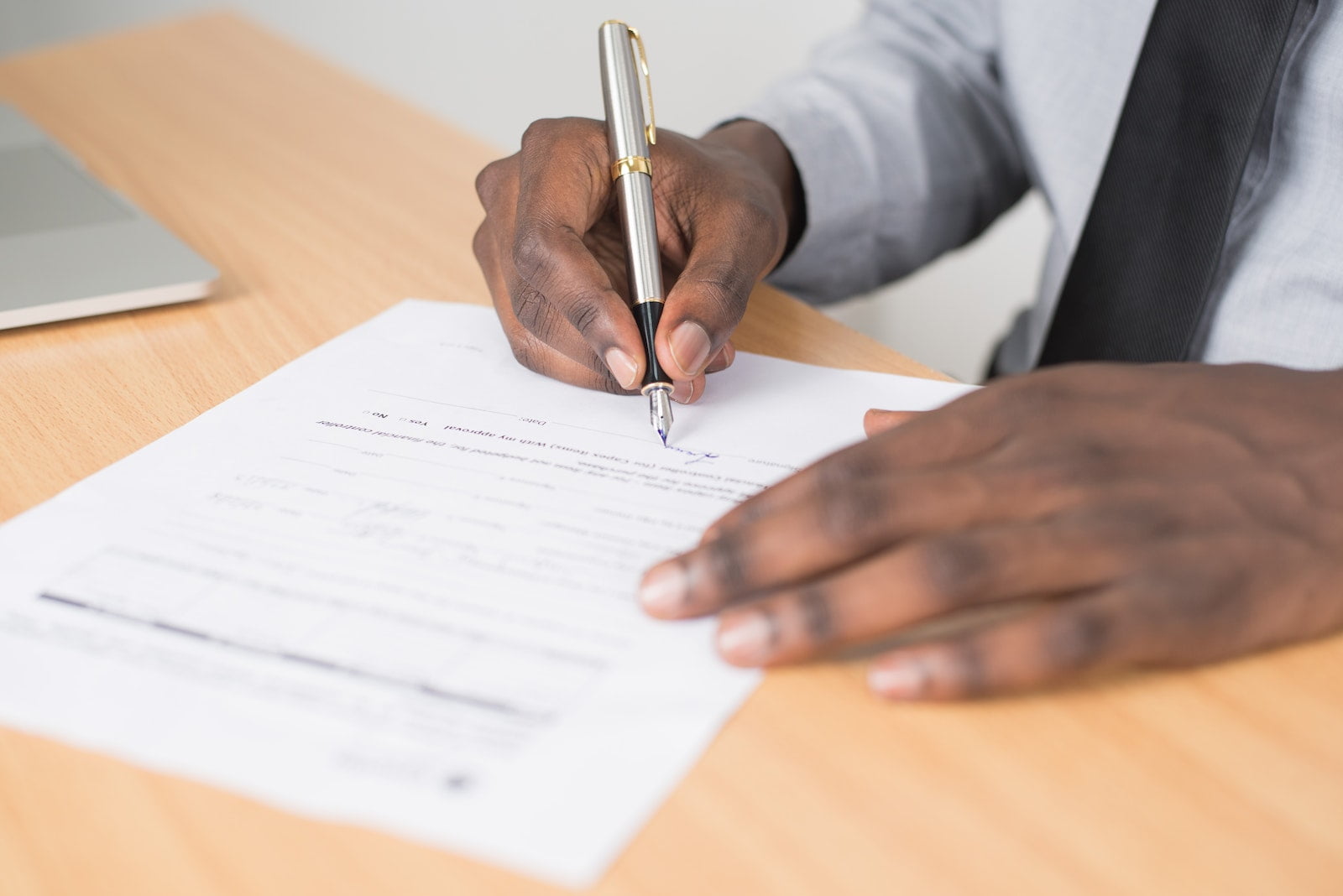Applying for a B1/B2 visa can seem like a daunting task, but with the right preparation and knowledge, it can be a smooth and successful endeavor. B1 and B2 visas are nonimmigrant visas intended for temporary stays in the United States, with B1 visas catering to business purposes, and B2 visas for leisure or tourism. Both visas require a thorough application process, including an in-person interview at a U.S. consulate or embassy.
In this article, we will provide you with essential tips to help you navigate the process of applying for a B1/B2 visa. We will cover eligibility, requirements, the application process, scheduling and preparing for the visa interview, and what to do in case of approval or denial. With these tips and a strong understanding of the process, you will be better equipped to make a compelling case for your temporary visit to the United States.
Key Takeaways
- Be familiar with the process, requirements, and eligibility of B1/B2 visas
- Prepare thoroughly for your visa interview, including gathering essential documents
- Handle both visa approvals and denials with grace and proper next steps
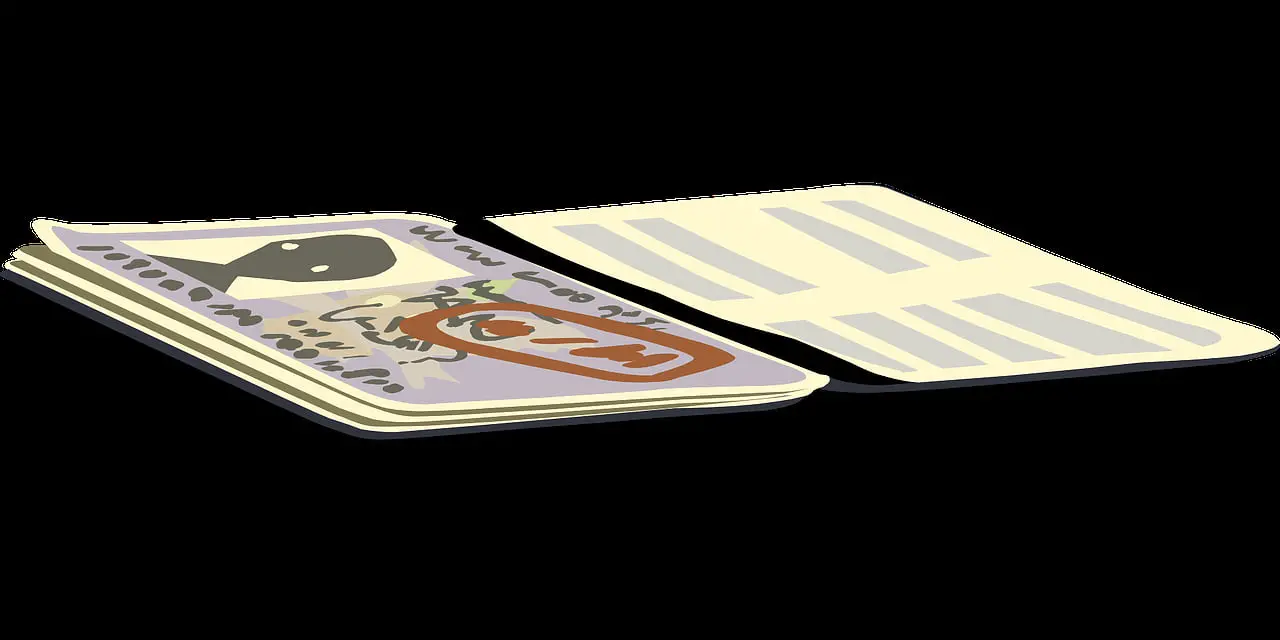
Understanding B1 and B2 Visas
Before starting the application process for a B1/B2 visa, it’s essential to have a clear understanding of the purpose and eligibility requirements for each visa type. The B1 visa is tailored for individuals traveling to the United States for business activities, while the B2 visa covers those wishing to visit for tourism purposes. Both are temporary, non-immigrant, and have multiple entry allowances.
As a prospective applicant, knowing the distinction between the two visa types is crucial, so you can select the appropriate one for your plans. For business trips, the B1 visa allows you to attend conferences, consult with business associates, and engage in negotiations. On the other hand, the B2 visa caters to travelers seeking leisure, visiting friends and family, or undergoing medical treatment.
Some activities may overlap, in which case, you can apply for a combined B1/B2 visa. This gives you the flexibility to participate in both business and tourism activities during your stay in the United States. Keep in mind that both visas grant you a temporary stay and do not authorize you to work or reside permanently in the U.S.
Here are a few tips to strengthen your B1/B2 visa application:
- Read and understand the eligibility requirements for your desired visa type
- Provide accurate and complete information in your application
- Choose the right U.S. embassy or consulate for your visa interview
- Prepare the necessary documents to support your application
- Demonstrate strong ties to your home country to show your intent to return
- Arrive on time for your visa interview
- Speak confidently and honestly about your travel plans
- Keep in mind that patience is key, as the application process may take time
By following these essential tips, you’re well on your way to obtaining your B1 or B2 visa, and soon enough, you’ll be enjoying your next adventure in the United States.
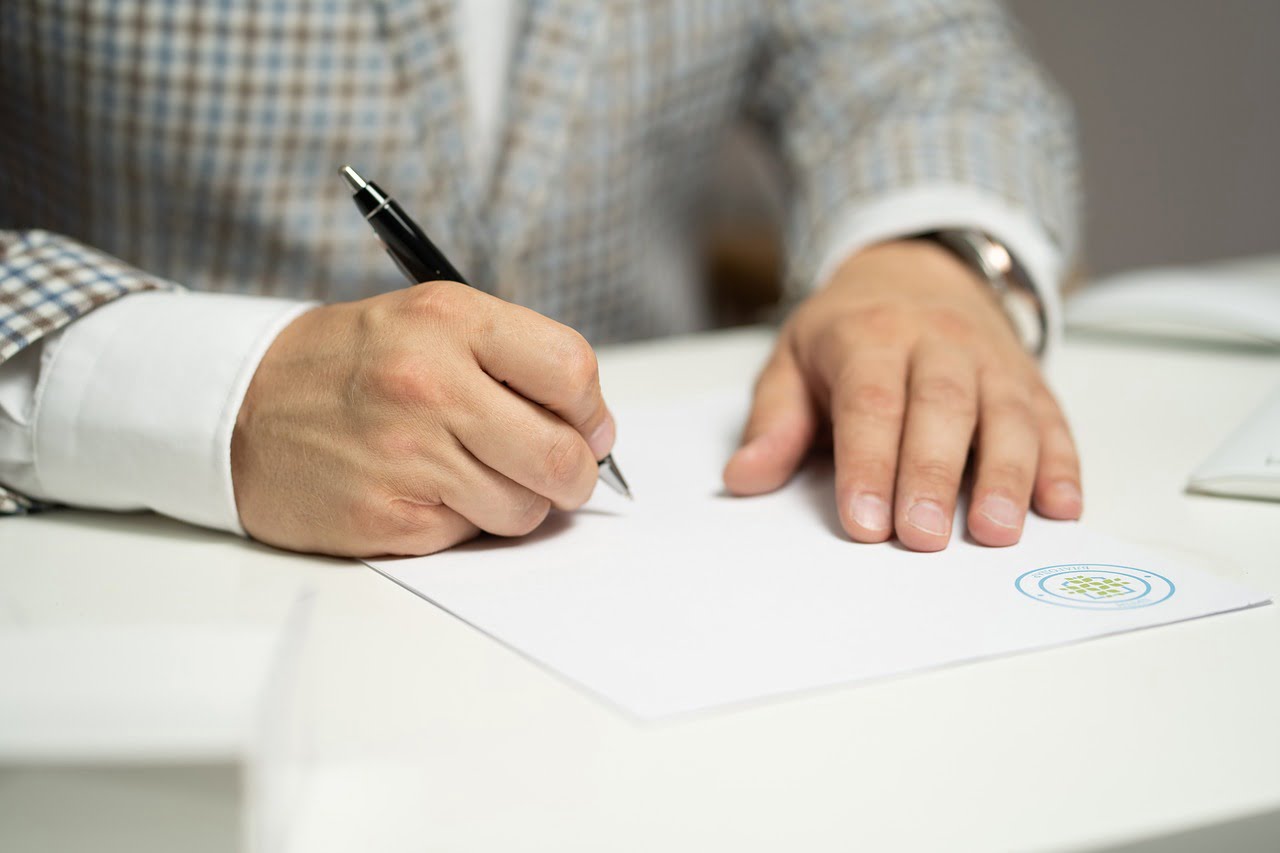
Eligibility and Requirements
To apply for a B1/B2 visa, you need to ensure that you fulfill certain requirements and are eligible. In this brief section, we’ll discuss two essential aspects: Strong Ties and Sufficient Funds.
Strong Ties
One of the most critical aspects when applying for a B1/B2 visa is proving that you have strong ties to your home country. Establishing strong ties is crucial because the U.S. Citizenship and Immigration Services wants to ensure that you will return home after your temporary stay. Examples of strong ties include:
- Stable employment
- Property ownership
- Family ties
Make sure to gather relevant documents that support your strong ties, such as employment records, property deeds, and birth certificates of family members.
Sufficient Funds
Another essential requirement for a B1/B2 visa is demonstrating sufficient financial capability to cover your expenses during your stay in the United States. This includes travel, accommodation, meals, and any other expenses you might incur. To prove that you have sufficient funds, you can provide:
- Bank statements
- Pay slips or income tax returns
- Proof of any financial support you might receive during your stay
As a friendly reminder, make sure you carefully review your application before submission, ensuring that all relevant documents are included. This will increase your chances of successfully obtaining your B1/B2 visa for your temporary stay in the U.S.
Starting the Application Process
When applying for a B1/B2 Visa, it’s essential to start the process on the right foot. Follow these steps carefully, ensuring your application is both accurate and complete. Remember to be friendly and helpful throughout the experience!
Form DS-160
First, you will need to complete the Form DS-160, which is the Online Nonimmigrant Visa Application. Take your time and provide accurate information about your personal background, travel plans, and purpose of your visit to the United States. Keep in mind that any errors or omissions may lead to delays or potential denial of your visa application. To make the process smoother, have your passport, travel itinerary, and other essential documents on hand while filling out the form. Once completed, print the confirmation page, as you’ll need to present this at your visa interview.
Gathering Supporting Documents
Now, gather your supporting documents to substantiate your visa application. Some essential documents include:
- A valid passport, valid for at least six months beyond your intended stay
- Passport-size photo that meets the requirements
- Proof of financial means to cover your stay, such as bank statements or payslips
- A detailed travel itinerary, including your accommodation and planned activities
- Any additional documents relevant to your visit’s purpose, such as an invitation letter from a business contact or conference registration
- Previous visas and travel history, if applicable
Organize these documents neatly and scan them for easy access when needed, such as during your interview or if requested by the consulate.
Paying the Application Fee
To finalize your application, pay the B1/B2 visa application fee. This non-refundable fee may vary depending on individual circumstances, so double-check the exact payment amount required. You can typically pay this fee online, by phone, or in-person at an authorized bank.
Once you’ve completed Form DS-160, gathered your supporting documents, and paid the application fee, you’re well on your way to successfully completing the B1/B2 visa application process. Remember to stay organized, accurate, and friendly throughout the journey!
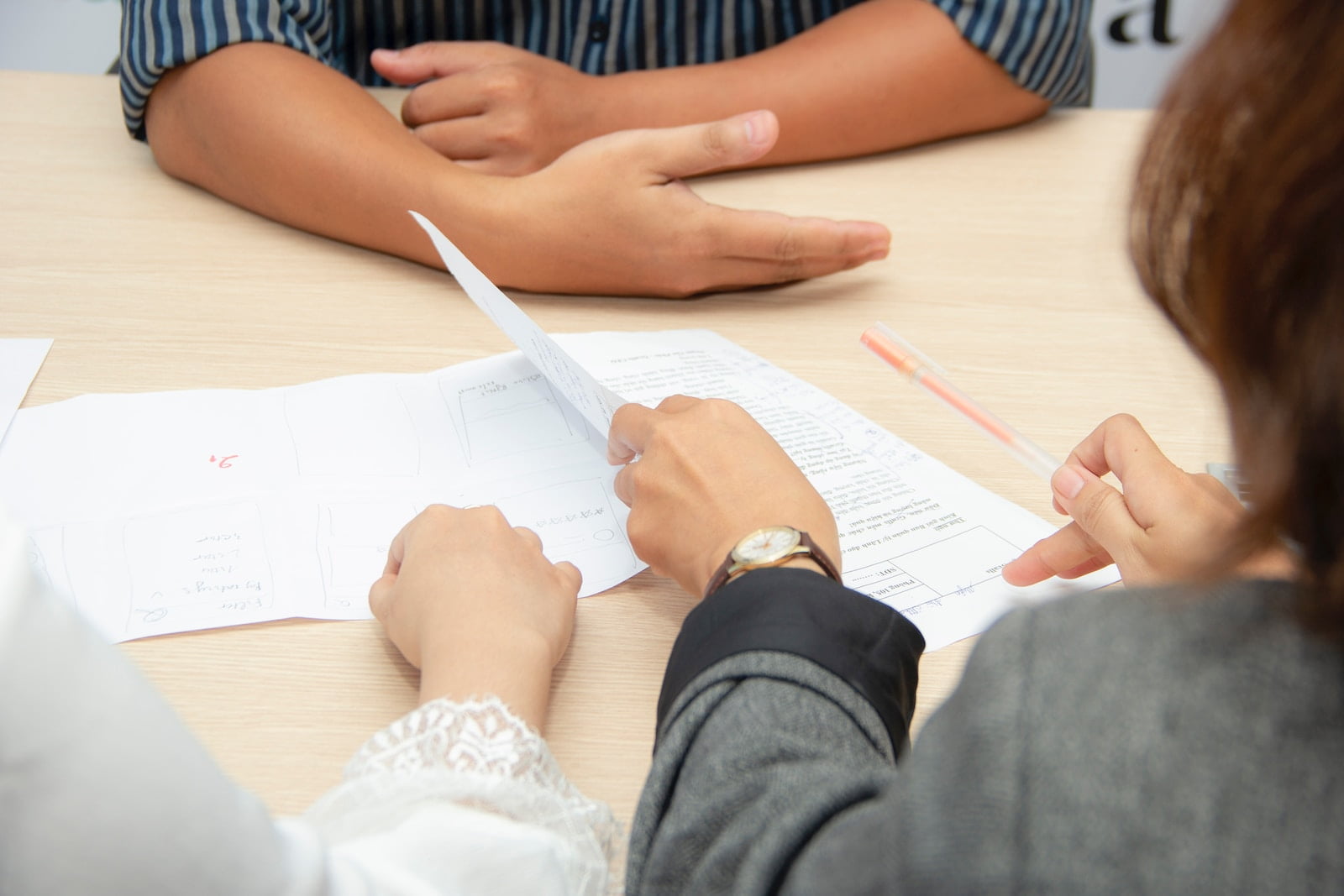
Scheduling Your Visa Interview
After completing the necessary steps, such as obtaining a digital photograph and filling in the required forms, it’s time to schedule your B1/B2 visa interview. To ensure a smooth experience, follow these friendly tips:
- Choose the right location: You will need to schedule your interview either at a U.S. embassy or consulate. Pick the one closest to you or in your country of residence, as this will make the process more convenient.
- Be aware of wait times: Remember that wait times for visa interviews can vary, so it’s crucial to be aware of the wait time at your chosen embassy or consulate. Plan accordingly to avoid missing critical appointments or disrupting your travel plans.
- Be flexible with your schedule: Ensure that you have ample availability during the days leading up to your appointment. This way, you can promptly reschedule if needed or adjust to potential changes in the embassy’s or consulate’s availability.
- Familiarize yourself with the procedures: Before attending the interview, it’s a good idea to learn about the specific requirements and guidelines of the U.S. embassy or consulate where your interview will take place. Visit their official website or contact them directly for up-to-date, accurate information.
- Prepare for commonly asked questions: During the visa interview, you’ll be asked various questions to determine your eligibility for the B1/B2 visa. Practice answering questions like the purpose of your visit and the duration of your stay to showcase your confidence and sincerity.
- Bring all necessary documents: Ensure that you have all the required documents for the interview, such as your passport, application form, and proof of payment. Double-check everything before heading to the embassy to avoid unnecessary stress.
- Arrive early: Plan to reach the embassy or consulate well ahead of your scheduled appointment time. This will allow you to compose yourself, complete any last-minute preparations, and make a great first impression.
- Stay calm and be honest: Though it’s normal to feel nervous during the visa interview, remember that the interviewing officer is simply trying to verify your eligibility for the B1/B2 visa. Answer questions truthfully, honestly, and to the best of your knowledge to increase your chances of success.
By following these helpful tips, you can confidently schedule and prepare for your B1/B2 visa interview, ensuring a smooth and successful application process. Good luck!
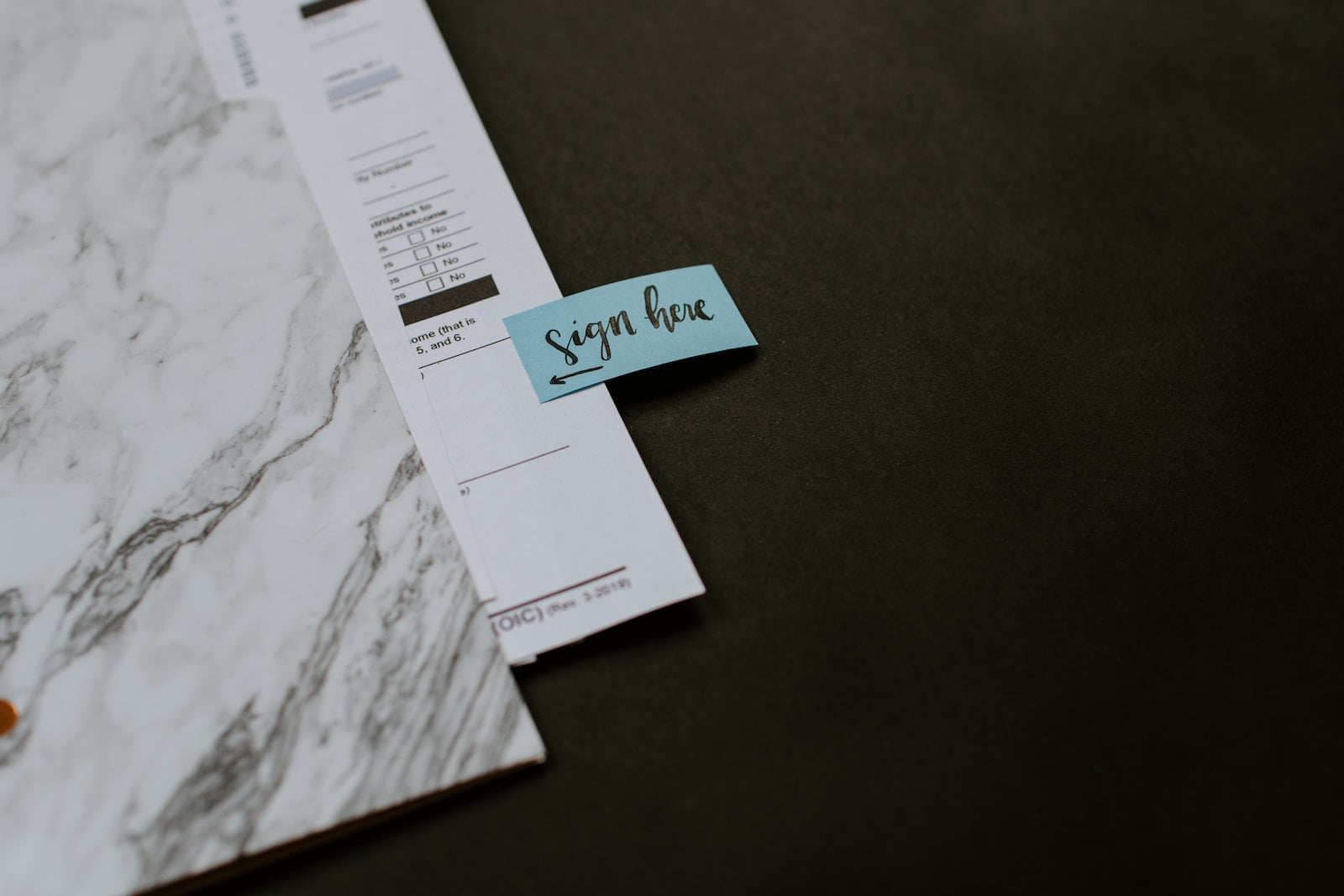
Preparing for the Visa Interview
Creating a Travel Itinerary
Crafting a detailed travel itinerary can greatly boost your chances of securing a B1/B2 visa. Outline your intended destinations, accommodations, and activities during your stay. This demonstrates a clear purpose behind your visit and helps establish your intentions to the interviewing officer. Organize your itinerary chronologically, including important addresses and dates to show that you’ve thoroughly researched your upcoming trip.
Gathering Financial Proof
Providing evidence of financial stability is crucial during your visa interview. Collect relevant documents like bank statements, pay stubs, and proof of property ownership to demonstrate that you can comfortably fund your trip. Organize these files neatly in a folder for swift access during your interview, and highlight any key figures that may strengthen your case. This will show that you’re a responsible individual who can adequately support yourself while abroad.
Collecting Letters and Contacts
Lastly, gather letters and contact information from family, friends, or any professional connections in the United States. A letter of invitation from a U.S. resident or business can further validate your reasons for travel. Photos, letters, or emails shared between you and your contacts can also bolster your credibility. Make sure to store these neatly and have them readily available for the consular officer during your interview.
By following these guidelines meticulously, you can maximize your chances of obtaining a B1/B2 visa. Always remember to present yourself confidently and maintain an honest, friendly demeanor throughout the interview process.
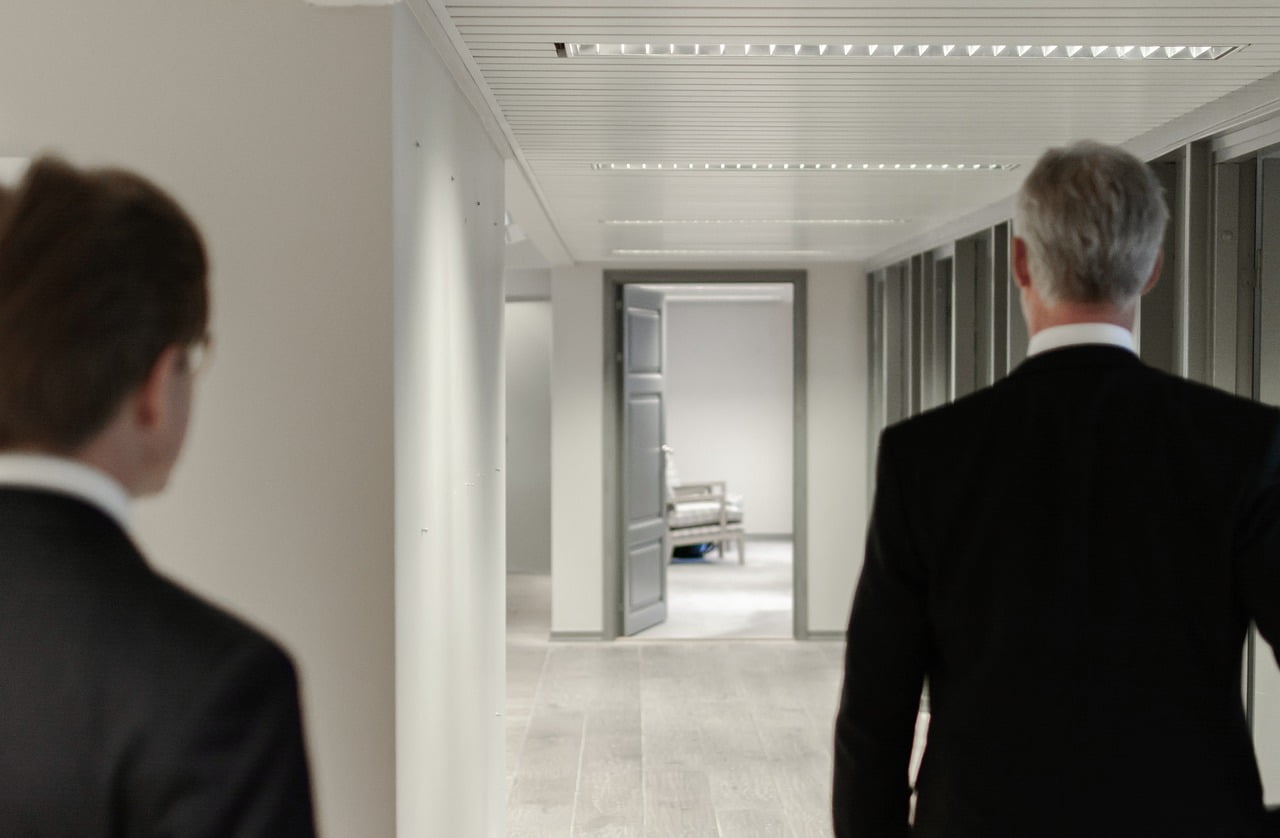
During the Visa Interview
Possible Questions to Expect
During your B1/B2 visa interview, the consular officer will ask you several questions to determine your eligibility for the visa. Questions may include the purpose of your visit, your employment status, your financial situation, and family ties. For example, they could ask:
- “What is the purpose of your visit to the US?”
- “How long will you be staying in the US?”
- “Do you have any relatives or friends in the country?”
- “Who will be financially responsible for your stay?”
- “Do you have children? If so, who will care for them while you’re away?”
- “What is your current employment status?”
It is essential to answer these questions truthfully and confidently. Practice your answers beforehand and be prepared to provide any supporting documents if necessary, such as letters of invitation, financial statements, or proof of employment.
Proving Your Genuine Intentions
During the tourist visa interview, it’s vital to convince the consular officer of your genuine intentions to visit the United States for a temporary period and return to your home country afterward. To prove this, you should:
- Demonstrate strong ties to your home country: Show that you have a stable job, spouse, children, or property that requires your regular attention and would compel you to return home.
- Provide a clear itinerary: Be prepared to explain your detailed travel plans, including accommodations and activities you plan to engage in during your stay.
- Explain your financial situation: Provide proof of sufficient funds to cover the expenses of your trip. You may present bank statements, pay stubs, or other financial documents as evidence.
- Show respect for immigration laws: If you have previously visited the US, make sure to mention that you complied with all the rules regarding your nonimmigrant status and Form I-94 during those visits.
By addressing these points during your interview, the consular officer will be more likely to view your application favorably. Remember to stay calm, friendly, and confident throughout the process to increase your chances of success.
Dealing with Visa Approval or Denial
Visa Approval
Congratulations! Your B1/B2 visa application was successful. Before embarking on your trip, ensure that you have a clear understanding of the entry procedures and restrictions for your B1/B2 visa. Keeping your trip within the purpose of the visa is crucial. For a B-1 visa, this could mean attending business meetings, while a B-2 visa would encompass tourism or visiting family.
Preparing for your trip:
- Double-check your travel documents and visa information
- Take note of your visa’s validity period
- Budget for your expenses during the trip, including accommodations, transport, and incidentals
Friendly reminder: Keep in mind that customs officers at the port of entry have the final say on your admission into the country. Be prepared to answer questions regarding the purpose of your visit and maintain a courteous attitude.
Visa Denial
Unfortunately, not all B1/B2 visa applications are successful. If your application is denied, try to understand the reasons behind the decision. A common reason is the lack of evidence proving strong ties to your home country. Additionally, there could be errors in your application or failure to comply with the visa rules.
To increase your chances of a successful application next time, consider the following:
- Review your application thoroughly for possible errors
- Provide additional supporting documents if required
- Consult with an immigration lawyer to better understand your options and address any issues
Options
If your B1/B2 visa application was denied, remember that you have options. You may choose to reapply if you believe there were inconsistencies in your initial application. Consult with an immigration lawyer to help you navigate the process and evaluate your situation. Another option could be exploring alternative visa categories that better suit your travel plans.
In case of a successful B-1 visa application, talk to your employer about travel arrangements, reimbursements, and potential adjustments to your wait time if necessary. For a B-2 visa, communicate with your hosts and make alternative plans if your status changes.
Additional Tips and Information
Possible Extensions
In some cases, you might want to extend your stay beyond the expiration date on your B1/B2 visa. To do so, you’ll need to file a timely extension application before your current status expires. Keep in mind that processing times can vary, so plan accordingly and prepare any necessary documentation, such as an affidavit of support or proof of sufficient funds.
Maintaining Legal Status
Your B1/B2 visa is not a guarantee for automatic entry or an extended stay in the United States. To maintain your legal status, it’s essential to respect the regulations outlined by U.S. immigration authorities. For instance, avoid engaging in activities outside the scope of your tourist visa, such as unauthorized employment or education.
Adhering to the terms of your visa also requires you to keep track of your departure date and ensure your return travel is arranged accordingly. Violating any conditions may result in severe consequences, including deportation and future travel restrictions.
Knowing Your Rights and Obligations
As a B1/B2 visa holder, you have certain rights and obligations. Familiarize yourself with the pertinent information and regulations to avoid complications during your stay. Make sure to keep your passport and visa documents in a safe place—losing them might lead to delays and difficulties with your travel plans.
When applying for your tourist visa, remember that you’ll need to pay the application fee in advance. Hold onto the application fee receipt, as you might need it to ensure a smooth visa processing experience.
Throughout this process, approach the application with a friendly attitude and avoid exaggerations or falsehoods. Be honest in your responses, and provide accurate and complete information. By adhering to these tips and requirements, you’ll be well-prepared for a successful B1/B2 visa application and an enjoyable stay in the United States.
Frequently Asked Questions
What documents should I prepare for my B1/B2 visa application?
To apply for a B1/B2 visa, you should prepare the following documents:
- A valid passport with at least six months’ validity beyond your intended stay
- A completed DS-160 visa application form
- A recent 2×2 photograph (white background, front-facing)
- A receipt for the nonrefundable visa application fee
- Any required supporting documents, such as an invitation letter from your US host, financial documents, proof of business or social ties, and itinerary details
Remember, it’s essential to be well-prepared to increase your chances of a successful application.
What are some common reasons for B1/B2 visa rejections?
Common reasons for B1/B2 visas rejections include:
- Incomplete or incorrect application forms
- Insufficient evidence of strong ties to your home country
- Not being able to convincingly explain the purpose of your visit
- Previous visa violations or immigration issues
Ensure that your application is complete, truthful, and demonstrates your intent to return to your home country after your visit.
How can I prove strong ties to my home country during the interview?
To prove strong ties, you can:
- Show evidence of stable employment in your home country
- Discuss family members and dependents who rely on you financially
- Provide proof of property, assets, or significant investments in your home country
- Explain any ongoing projects or social commitments you’re involved in
Be truthful and clear when discussing your ties, as this can help establish your intent to return.
What is the approval rate for B1/B2 visas?
While the approval rate varies by country and individual circumstances, according to Travel.State.Gov, the majority of applicants are approved for a B1/B2 visa. However, it’s essential to be well-prepared and provide all necessary documentation to increase your chances of approval.
What factors can influence the length of stay on a B1/B2 visa?
The length of your stay is determined by the purpose of your visit and is generally granted for a specific date range. Factors like your planned activities, itinerary, and your host’s invitation (if applicable) can influence the duration of your stay. The maximum stay allowed on a B1/B2 visa is usually six months. However, extensions may be requested in certain circumstances.
Are there any recent changes to consider when applying for a B1/B2 visa?
Recent changes in visa policies and processing times may occur due to a variety of factors, including changes in US immigration policy or ongoing global events like the COVID-19 pandemic. It’s essential to keep up-to-date with the latest information from the US Department of State or the local US Embassy or Consulate to make sure you’re aware of any changes that may affect your application.
